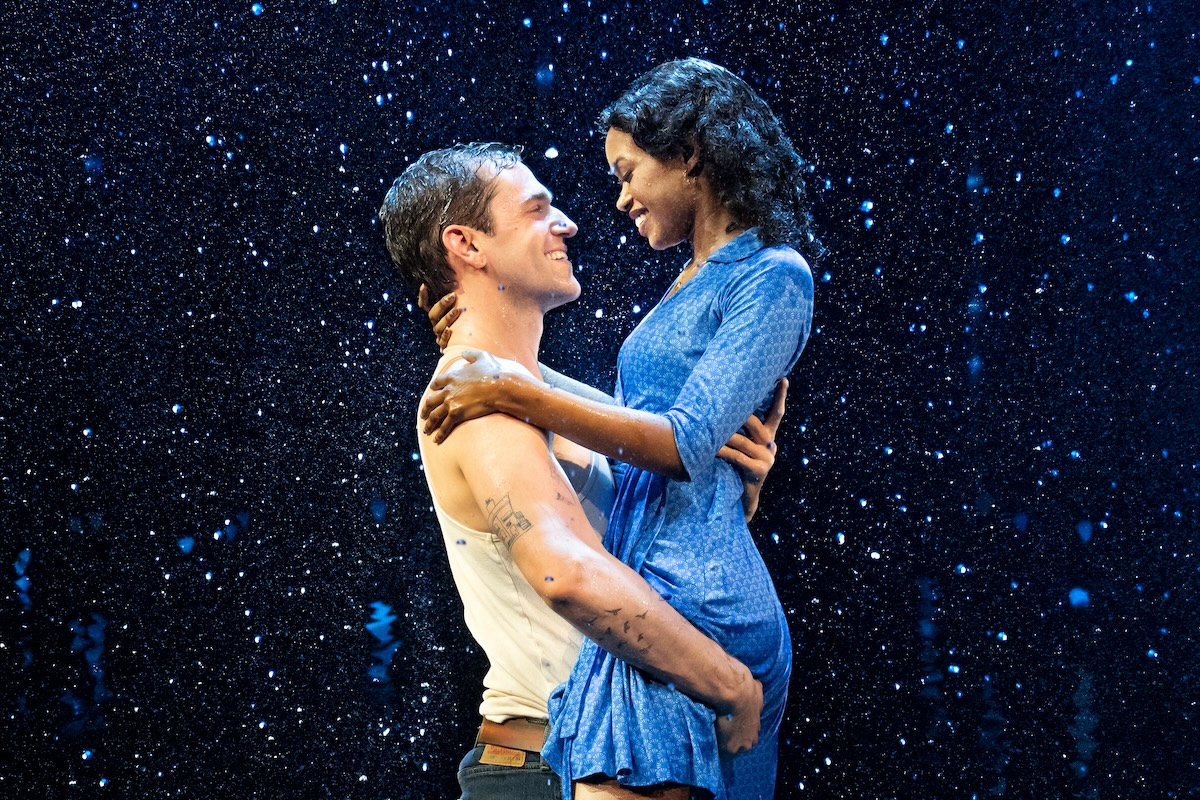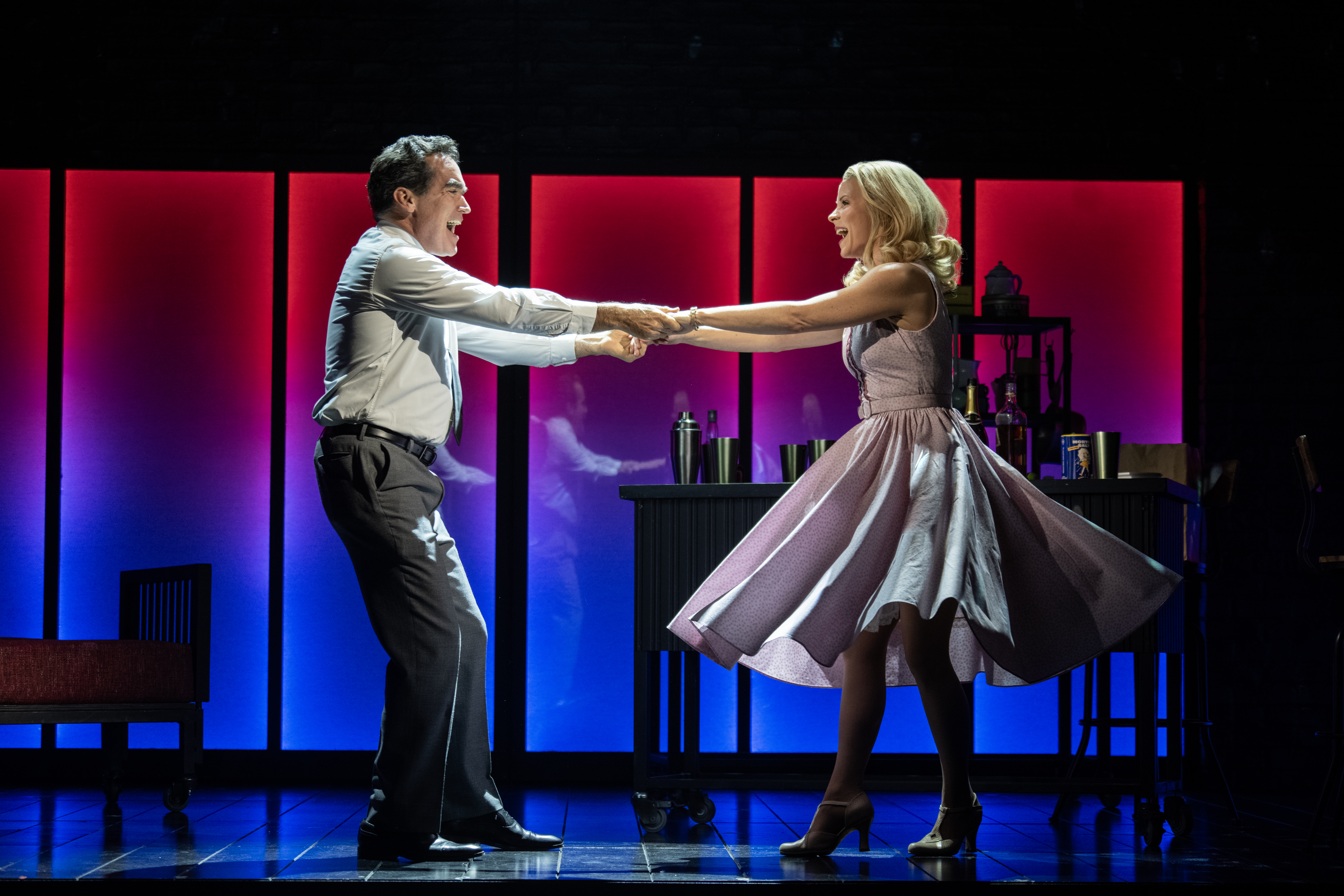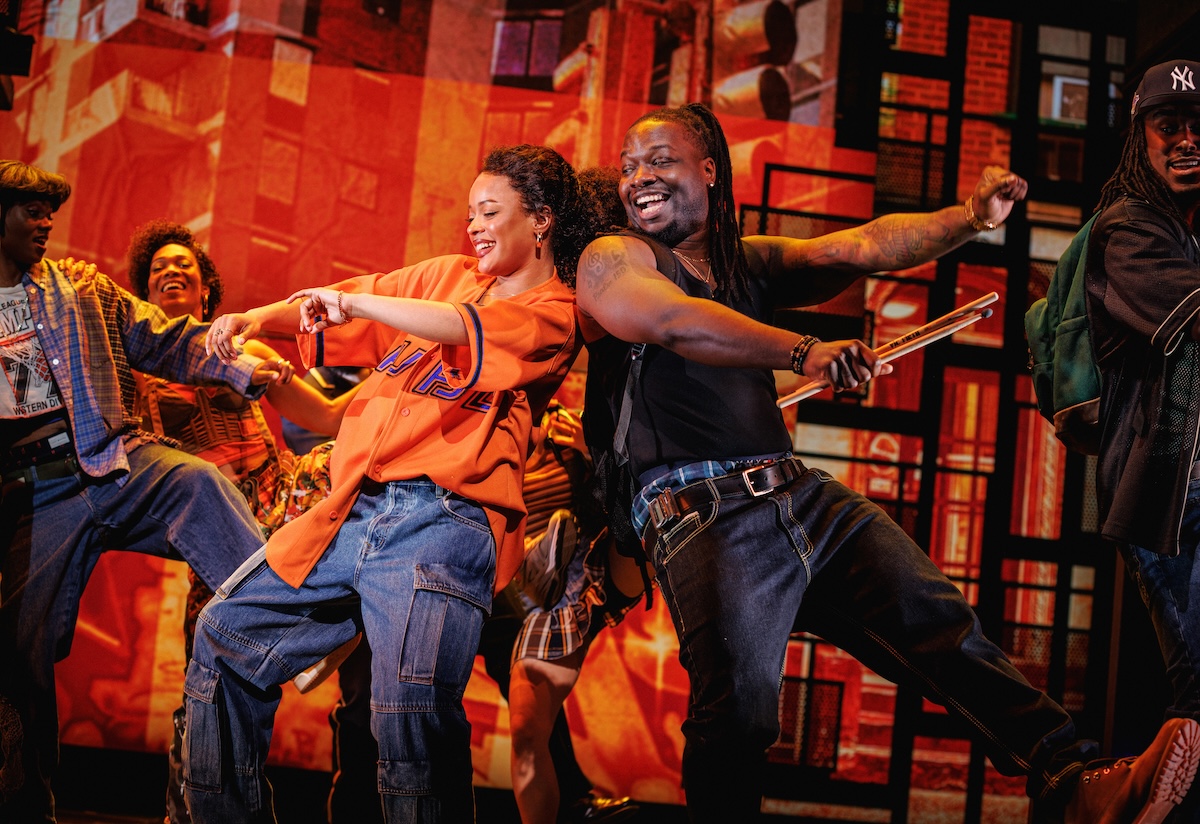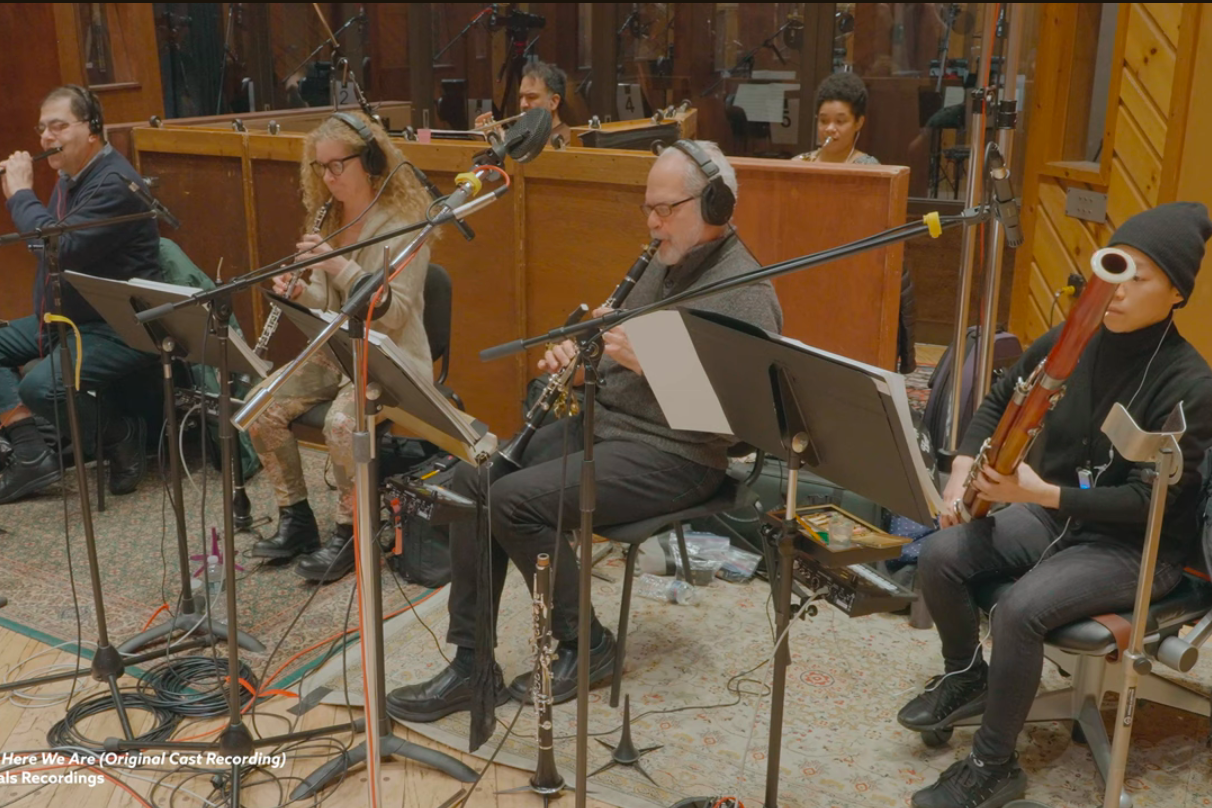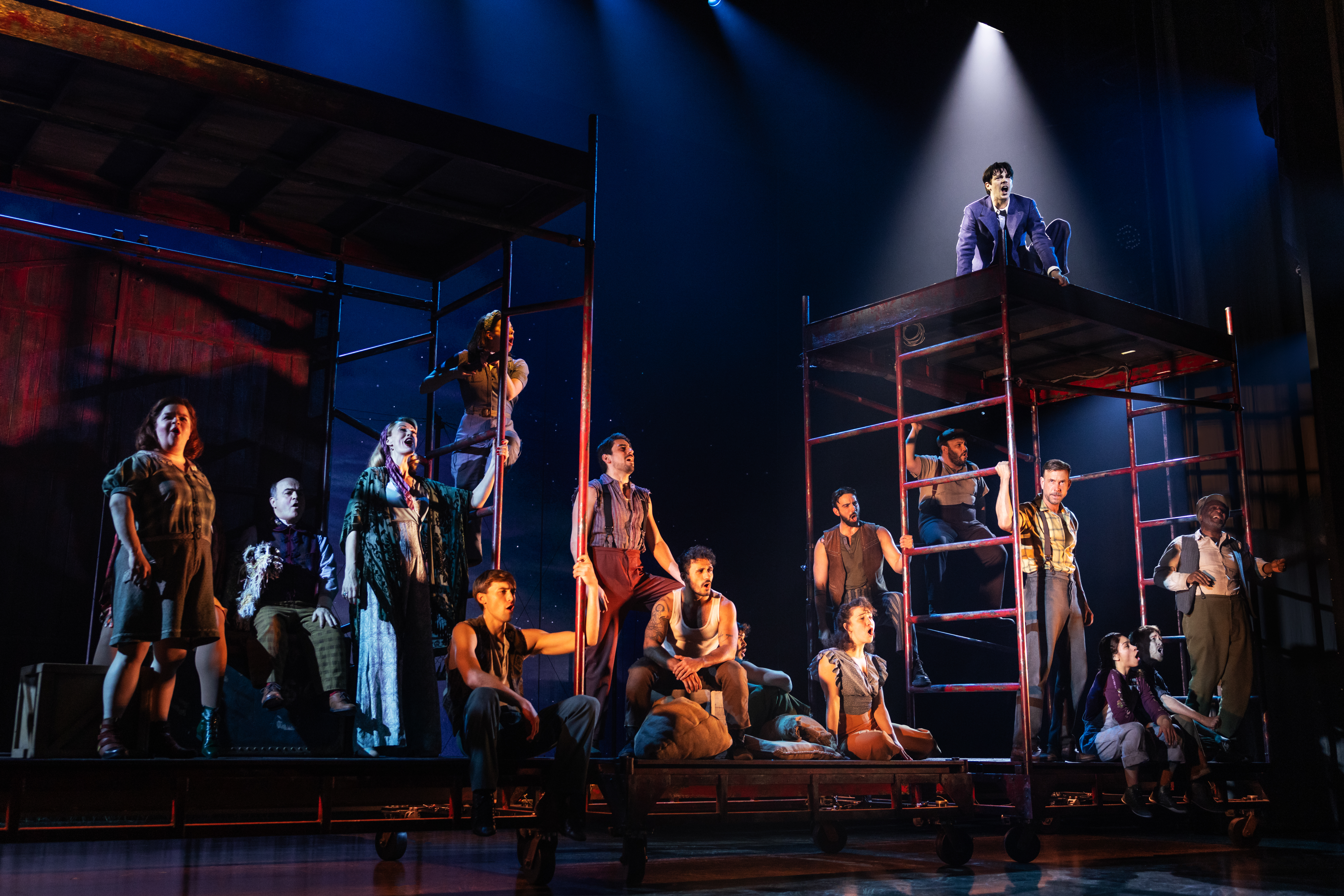SPACE on Ryder Farm Serves Up a New Kind of Artist Residency With a Side of Fresh Brioche
You'll know you've arrived at Ryder Farm by the smell of freshly brewed coffee or maybe the sight of an acclaimed New York playwright casually taking in the country air from a front-porch rocking chair. This is just the comfy pose we found Hand to God playwright Robert Askins striking mere weeks after walking the Tony Awards red carpet in his Billy Reid tuxedo.
SPACE on Ryder Farm, an artist residency program planted in New York's bucolic Brewster, is a five-year-old experiment masterminded by former actress Emily Simoness. A marriage of art and agriculture, its roots have taken to the fertile soil surprisingly well — though in the beginning, there was no telling what was going to pop out of the ground.
"There was no model for it," says Simoness as she leads the way through the undeveloped piece of land she first set foot on in 2009. "It just sort of started."
In reality, the founding of SPACE required a lot more sweat and serendipity.
FINDING A HOME

(© David Gordon)
A native of Minneapolis, Simoness earned her BFA in acting from the University of North Carolina School of the Arts in 2007 and moved to New York shortly after to begin her career as a performer. "It wasn't until 2009 that I called Betsy," she says, referring to Betsy Ryder, her "fourth-cousin-once-removed," who has lived on the land since 1979 and has been keeping its organic working farm in business for over three decades.
Simoness first visited her cousin's farm on an impromptu day trip in 2009. "I do not know what made me call her, but I [did] and I came up here on a whim." That whim changed the course of Simoness' entire career. The land felt full of artistic potential, so she traded in acting for a tenancy on Ryder Farm , an "ocean of paint chips," and a nonprofit world she knew absolutely nothing about.
"I was young enough to just go all in. I just didn't know what I was going all into." [laughs] What she stumbled upon was an opportunity to build a synergetic bond between the family farm and her artistic community. After a few years in the acting world, she had developed a strong enough network to start a grass-roots buzz with, as she recalls, "basically a zero budget, this crazy idea, and a dream." She gathered her theater friends and convinced them to take the short trip from the city to Ryder Farm.
"At the beginning, I basically was like, 'I've got this farm. What do you think about the idea of coming up for a week? Do you have anything that you'd like to work on?' That group of people were very generous and open-minded and were like, 'That sounds cool, I'll totally do it.' Word spread very, very quickly."
Building SPACE
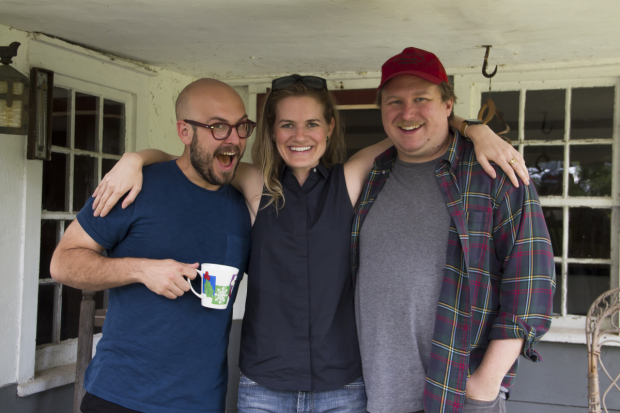
(© David Gordon)
"I filed for my 501c3 nonprofit status [and] had no idea what that entailed…Susan [Goodwillie], my cofounder, found what bylaws were on the internet and downloaded them and we like— changed some adjectives," she remembers, now laughing at her naive, twentysomething self. Property law cram sessions, phone calls with the IRS, town-council meetings, and a building inspection were just a few of her earliest battles. All she had as ammunition were an acting degree, some carefully crafted Powerpoints, and blissful ignorance.
"At that point I wanted to win," she says with a competitive gleam. Her fiancé, Michael Chernus ("Cal" on Netflix's Orange Is the New Black and one of SPACE's earliest residents), has lovingly labeled her the "Erin Brokovich of playwriting residencies," a title she graciously accepts.
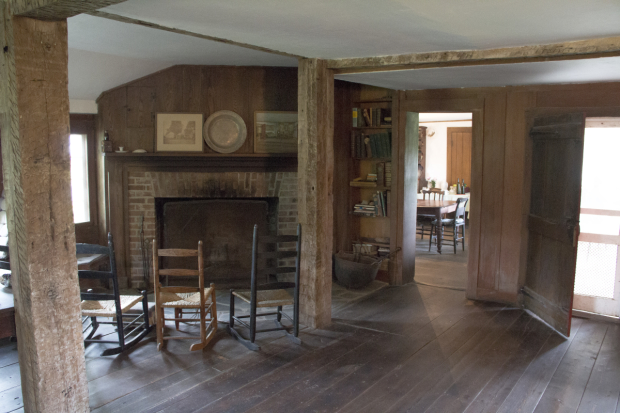
(© David Gordon)
As people started coming, the ethereal outline of SPACE — or rather the nature of the relationship between the residency program and Ryder Farm — began to take shape, starting with an early moment of panic.
"We were like, 'Oh my God, we're going to have to eat!' So this communal-meal thing became a necessity." The resident artists now congregate for three daily family-style meals, all made fresh from ingredients straight from the Ryder soil. In return, word about Ryder Farm spreads to Manhattan as new slews of customers patronize its booth at the Union Square Green Market where Betsy sets up shop on Saturdays.
FARM TO TABLE

(© David Gordon)
The reactions were ebullient. "As we started serving artists that came, they were like, 'We got so much work done…and the meals were amazing!'" Beyond their practical function, the communal meals have become part of the fabric of the SPACE experience. "Not only is the food great," says Simoness, "but truly being able to sit down with these people…and actually talk about whatever it is — whether it's art, whether it's what's happening in the world — it's just sort of a novelty that I don't get a lot in my life when I'm not here."
These farm-to-table meals underlie the program's founding principle to offer its resident artists "literal and figurative space," as Simoness describes its purpose for city-bound artists, constantly vibrating at Manhattan's frenetic pace. "I just came to get away and calm down and get back to zero," says Branden Jacobs-Jenkins, who earned a 2014 Obie Award for his play An Octoroon and did his first SPACE residency in the summer of 2013. "That stuff's just as important as writing." (He returned to SPACE this summer just after opening his newest play, Gloria, at the Vineyard Theatre — an intentional maneuver on his part, "mostly to hide from reviews," he jokes. For the record, the play was very well-received).

(© David Gordon)
During a tour of the property Simoness sets the lay of the land, pointing out SPACE's two residential houses (Kay Hall and The Sycamores, which dates back to 1795); the indoor stage Rattlestick Playwrights Theater built themselves inside an old abandoned barn (rehearsals for Lucy Thurber's Hilltown Plays christened the structure); a field of kale, lettuce, and swiss chard, destined for the next communal meal; and Peach Lake, where comedian John Early preferred to work during his residency, not to mention Simoness' favorite spot on SPACE's 126 acres. If you scan the surrounding shores, you'll notice Ryder's half mile is the only stretch of lakefront that remains undeveloped. As an artist herself with a nose for symbolism, it's an image that sticks with the now-seasoned non-profiter in looking towards the future of SPACE.
SERVING THE ARTIST…AND THE FUTURE

(© David Gordon)
"The question is, how do you not only get by, but be the generation that makes this a sustainable venture for like the next two-hundred years? It's both incredibly invigorating and debilitating," she says. "This place could be anything…and it could be anything." In the beginning Simoness built SPACE via funding from Kickstarter and individual donations. She started with $35,000 and since then has doubled her funds each year, proving that not only is there a need for the residency, but enthusiastic and willing supporters who also see potential in this holistic approach to nurturing artists and their work.
For the artists it serves, the experience is refreshingly tangible. A clean barn means one more rehearsal space, and an afternoon of farm work (an option open to all the residents) reappears in a delicious home-cooked meal. On the menu today: caprese sandwiches on homemade brioche; quiche made from leftover fettuccini alfredo; and a salad of Swiss chard and quinoa with roasted beets and tomatoes. The chef? Julliard alum Brendan Spieth, who held a SPACE residency in 2012 and can name at least ten different ways to prepare eggplant.
Like a Thanksgiving of misfit playwrights, dishes are passed up and down over lively conversation ranging from their latest Internet discoveries to the formal definition of a "shmata" (a term resident playwright Boo Killebrew uses to describe her afternoon ensemble). The air is light and the dress is casual, but after lunch, everyone sits back down to work in his/her corner of Ryder Farm, churning out plays that will soon be leaving SPACE to compete for space on coveted New York stages.
Fortunately, as Askins irreverently relishes, in Brewster, the creative process gets a little more breathing room.
"We did yoga at six-thirty in the morning in the barn," he says recounting his day. "Then I sat around for about two hours just watching flies because I was so connected to the universe. That is an important first step in writing plays." The man jokes, but he speaks the truth.



